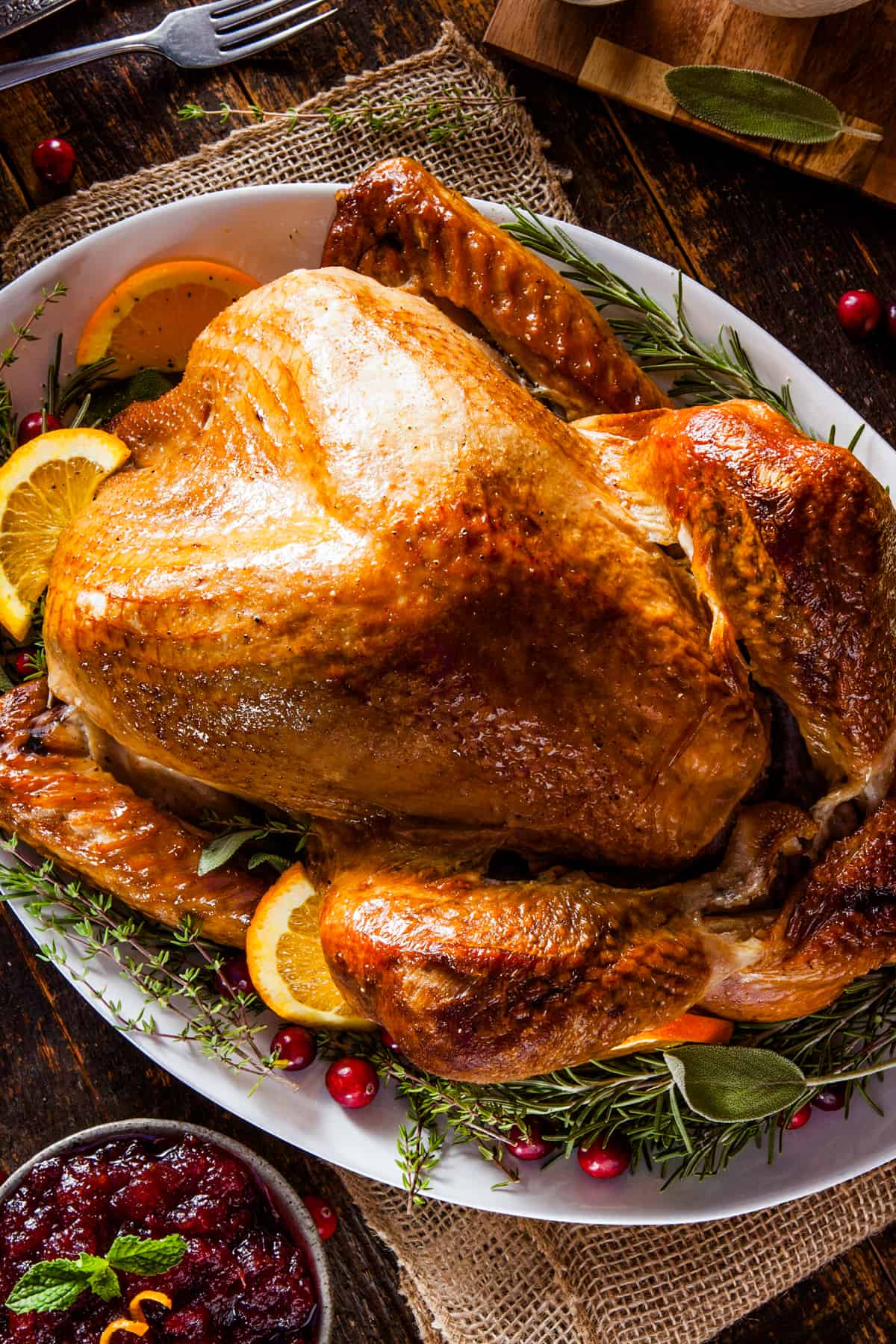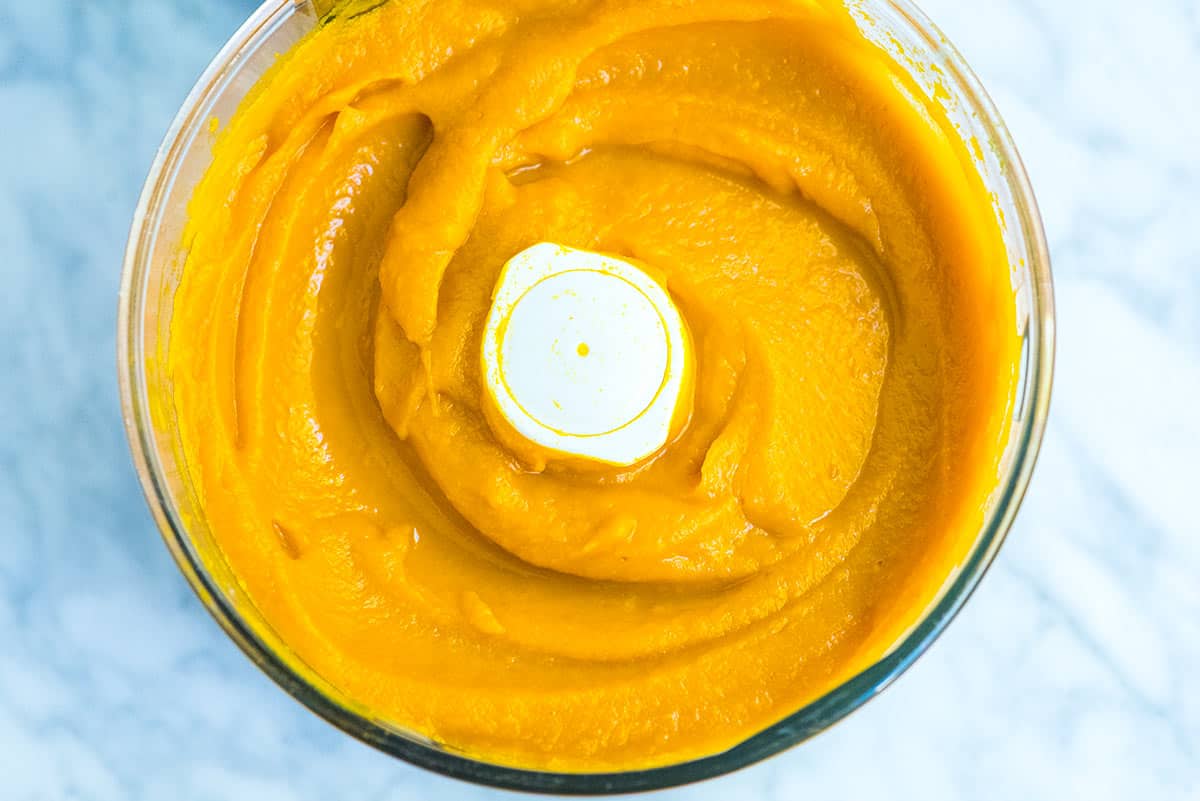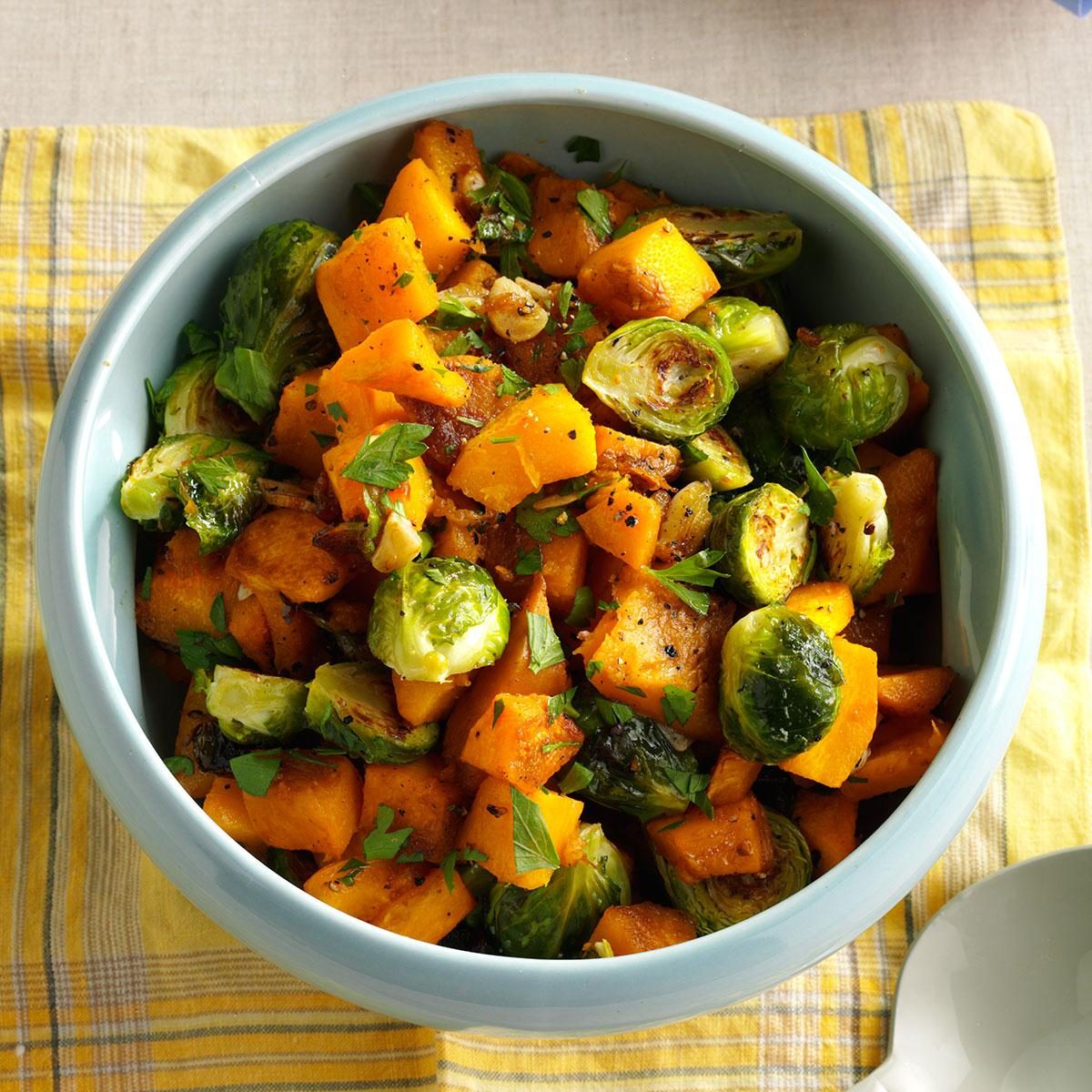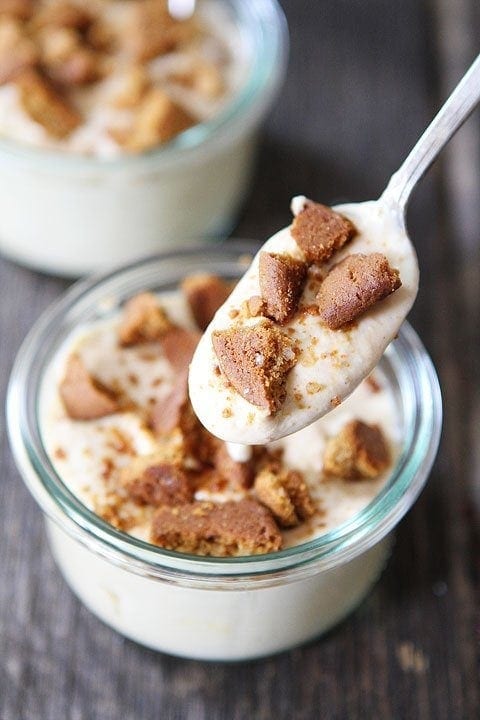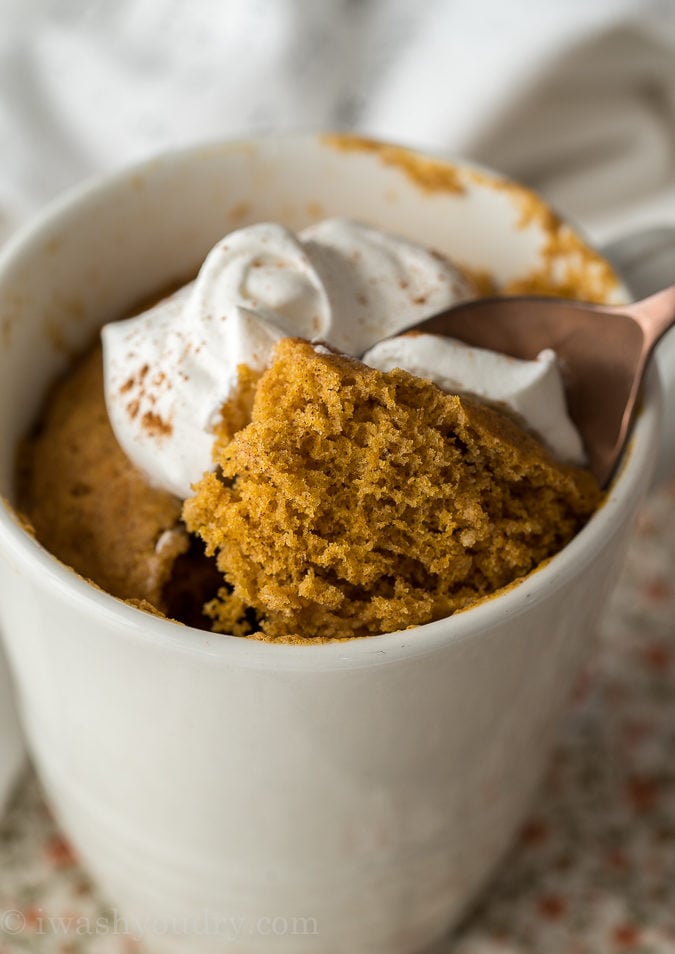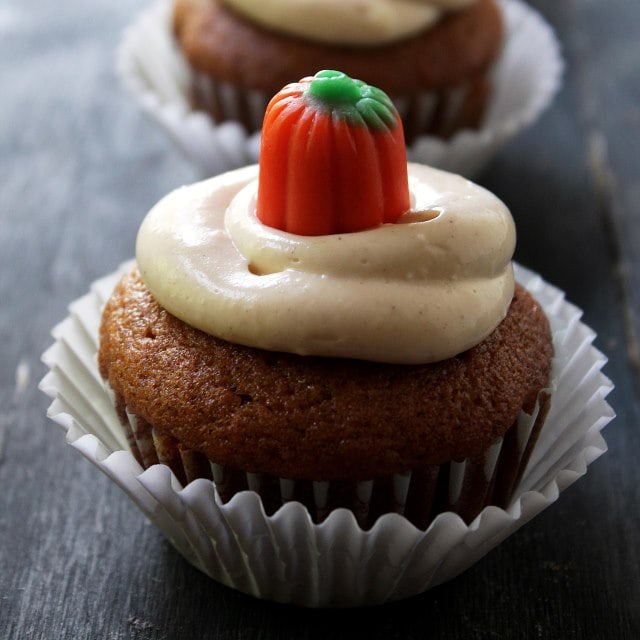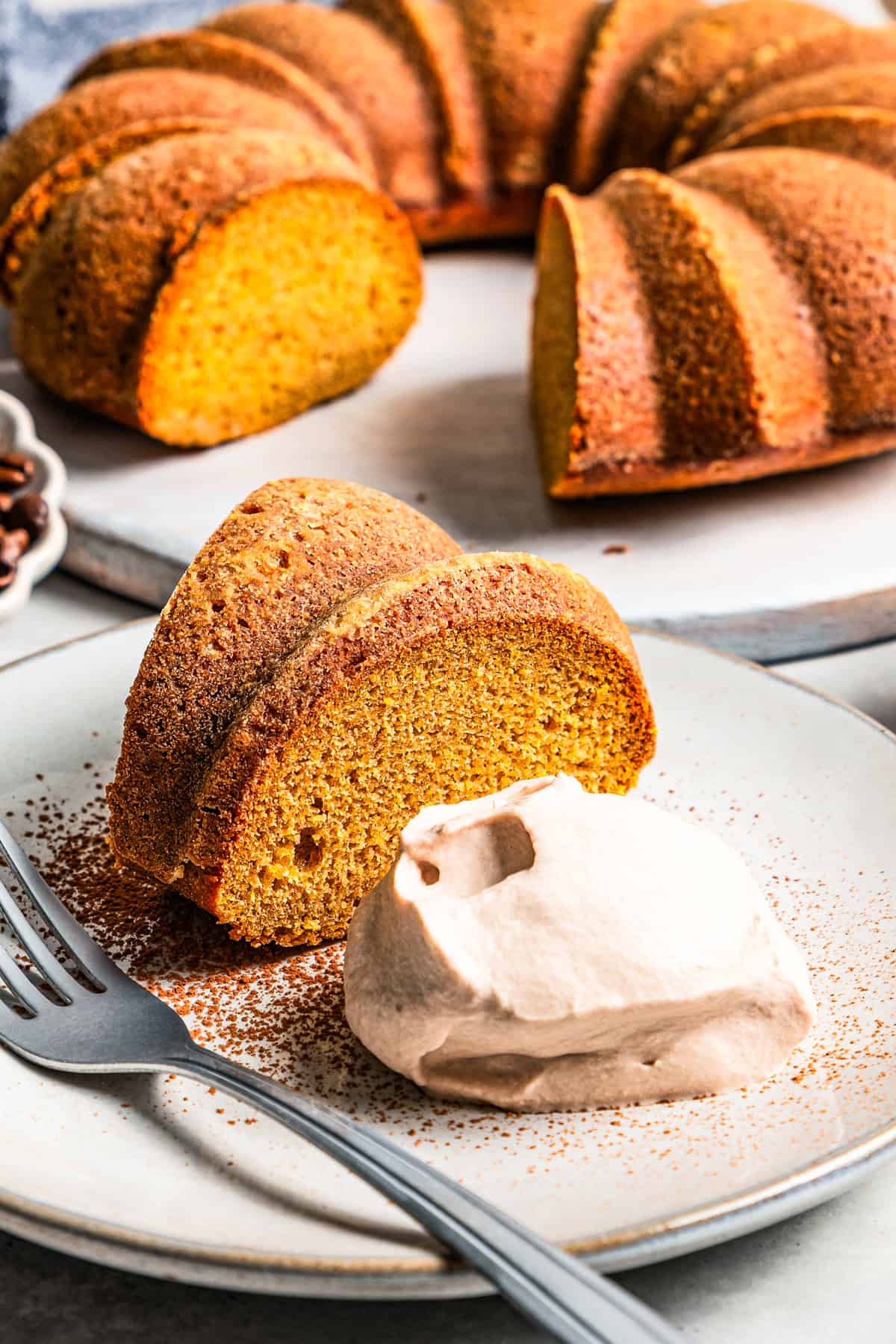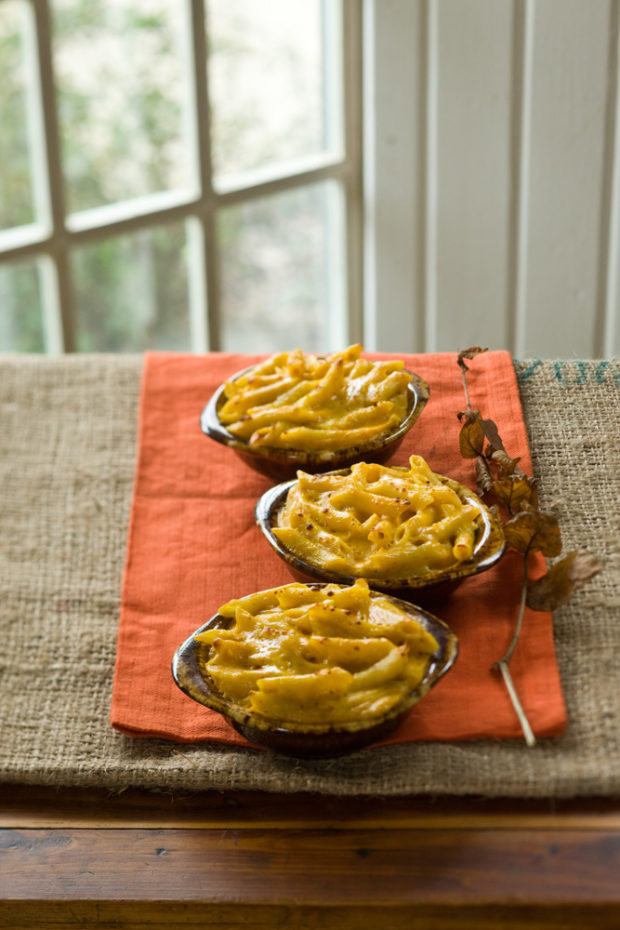Pumpkin: Important Facts, Health Benefits, and Recipes
Explore the health benefits, culinary uses, and storage tips for pumpkin in our ultimate guide, and learn how to incorporate this nutritious ingredient into your meals.
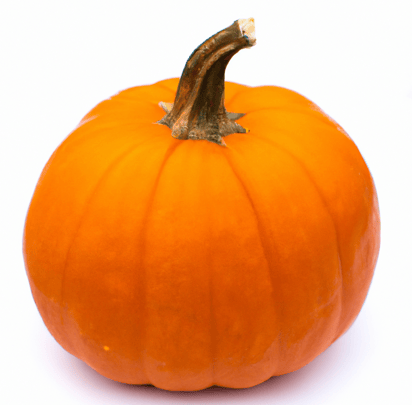
Nutritional Facts
1 cup
Amount per serving
Calories
30.2
Carbohydrates
7.5 g
Fat
0.1 g
Protein
1.2 g
Saturated Fat
0.1 g
Sodium
1.2 mg
Fiber
0.6 g
Sugar
3.2 g
Best Pumpkin Recipes
-
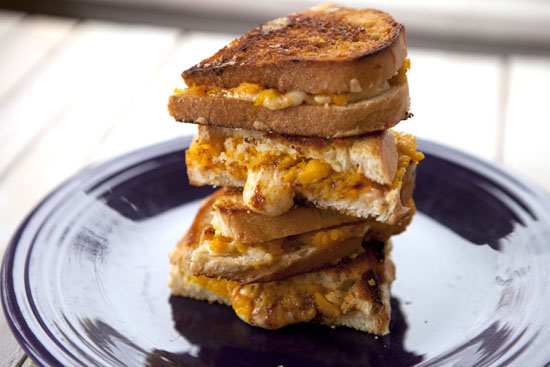
-
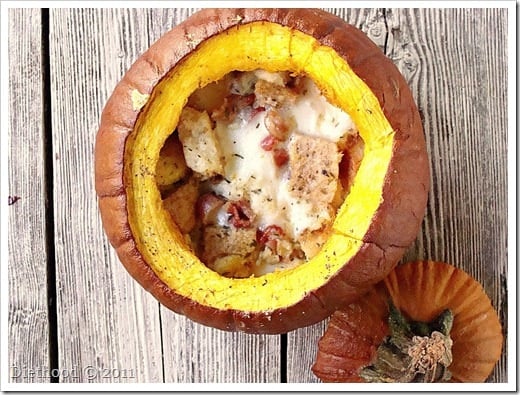
-
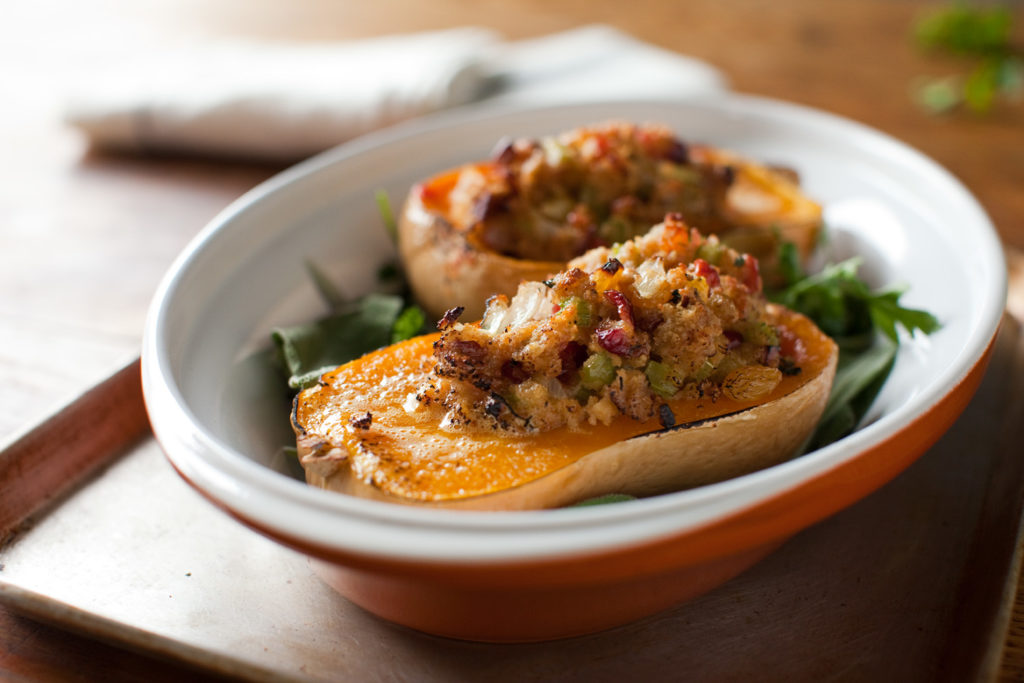
-
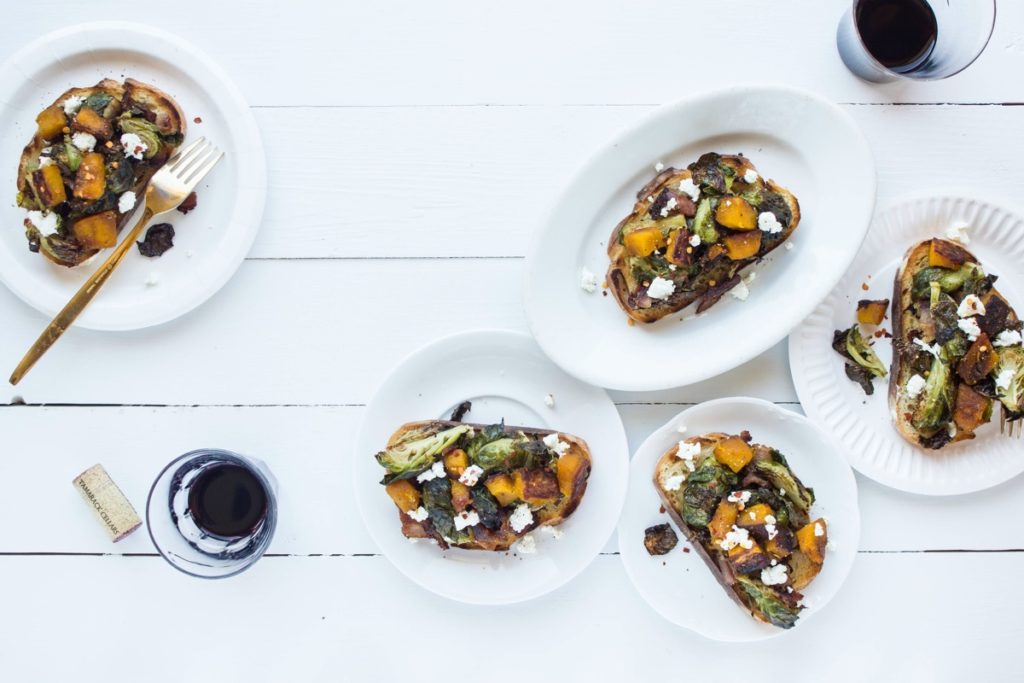
-
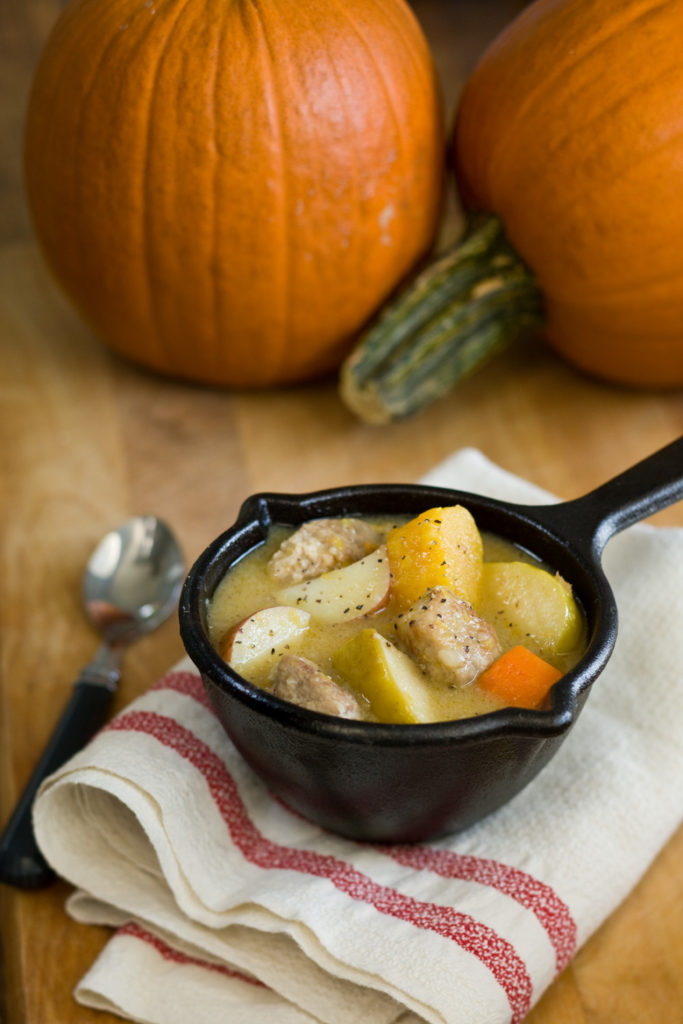
-
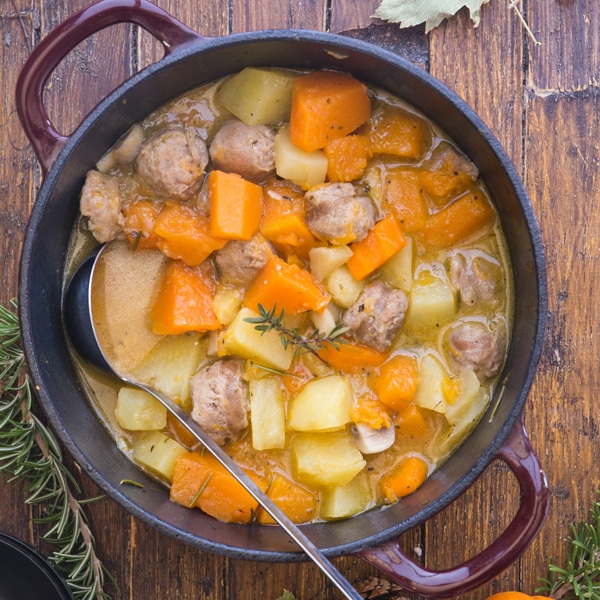
-

-
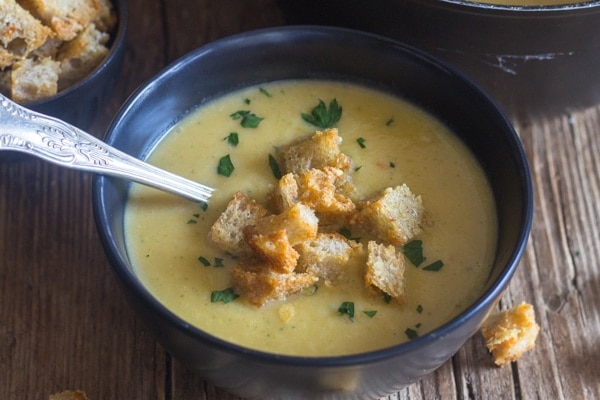
-
![Homemade Pumpkin Lasagna Image]()
-
![Squid Ink Pasta with Pumpkin, Sage and Brown Butter Recipe Image]()
-
![Chipotle Pumpkin Soup Recipe Image]()
-
![Caribbean Beef Tripe Soup Recipe Image]()
-
![Pumpkin Potato Latkes Recipe Image]()
-
![Roasted Squash with Rajas, Cumin, and Crema Recipe Image]()
-
![Calabaza En Tacha (Mexican Candied Pumpkin) Image]()
-
![Indian Pumpkin Kaddu Ki Subji Recipe Image]()
-
![Picarones: Pumpkin and Sweet Potato Doughnut Recipe Image]()
-
![Perfect Roast Turkey with Stuffing Image]()
-
![Easy Pumpkin Puree Image]()
-
![Risotto de calabaza (Risotto Di Zucca) Image]()
-
![Pumpkin Risotto (Risotto Di Zucca) Image]()
-
![Stuffed Pumpkin Image]()
-
![Roasted Pumpkin Nachos Image]()
-
![Maple Winter Squash Casserole Image]()
-
![Fresh Pumpkin Soup Image]()
-
![Pumpkin Soup Image]()
-
![Roasted Pumpkin and Brussels Sprouts Image]()
-
![Pumpkin Cheesecake Mousse Image]()
-
![Pumpkin Pizza with Crispy Sage Image]()
-
![Pumpkin Hazelnut Flaugnarde (Clafoutis) Image]()
-
![Pumpkin Sherbet Image]()
-
![Healthy Pumpkin Oatmeal Shake Image]()
-
![Pumpkin Butter Image]()
-
![Pumpkin Mug Cake Recipe Image]()
-
![Salted Caramel-Glazed Pumpkin Donuts Image]()
-
![Pumpkin Cupcakes with Maple Frosting Image]()
-
![Pumpkin Spice Latte Bundt Cake with Espresso Whipped Cream for #BundtaMonth Image]()
-
![Two Halloween Cocktails Image]()
-
![Pumpkin Angel Food Cake Image]()
-
![Pumpkin Cream Cheese Dip Image]()
-
![Gluten-Free Pumpkin Peanut-Butter Cookies Image]()
-
![Pumpkin No-Churn Ice Cream with Ginger Snap Cookies Image]()
-
![Baked Egg Nog Pumpkin French Toast Image]()
-
![Apple Cake with Custard Sauce Image]()
-
![Pumpkin Maple French Toast Bake Image]()
-
![Pumpkin Macaroni and Cheese Image]()
-
![Homemade Pumpkin Chai Latte Image]()
-
![Whole Grain Pumpkin Spice Waffles Image]()


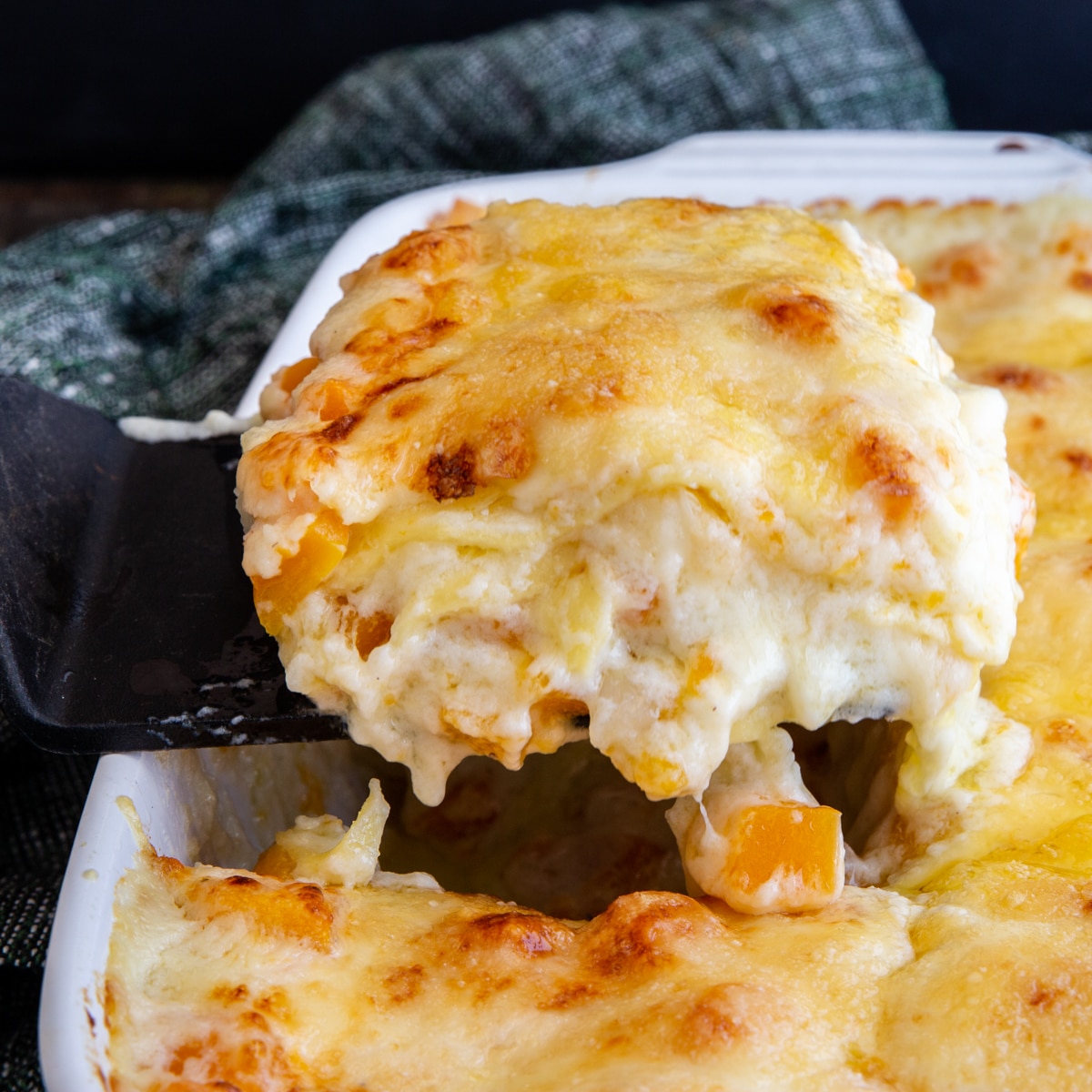
:max_bytes(150000):strip_icc()/__opt__aboutcom__coeus__resources__content_migration__simply_recipes__uploads__2012__10__squid-ink-pasta-browned-butter-sage-horiz-a-1400-a3f90853f1464e5d8236bd7256f6895f.jpg)
:max_bytes(150000):strip_icc()/__opt__aboutcom__coeus__resources__content_migration__simply_recipes__uploads__2010__11__chipotle-pumpkin-soup-horiz-b-1800-75168837ae274d5cb091cfdebae15236.jpg)
:max_bytes(150000):strip_icc()/caribbean-beef-tripe-soup-2138171-hero-01-6e8b81b863e449ba826c7d91480cbe8a.jpg)
/__opt__aboutcom__coeus__resources__content_migration__serious_eats__seriouseats.com__recipes__images__20101121PumpkinPotatoLatkes-d4ad971acb394143a417cdd15467537f.jpg)
:max_bytes(150000):strip_icc()/__opt__aboutcom__coeus__resources__content_migration__serious_eats__seriouseats.com__recipes__images__20101109pumpkinrajas-43ceae3a577c4a2c8a2025fca879860b.jpg)
:max_bytes(150000):strip_icc()/calabaza-en-tacha-candied-pumpkin-2342923-hero-01-1eaa286ef61e466c971111cc748f6b64.jpg)
/GettyImages-951530188-5b7f2f63c9e77c0057487a9e.jpg)
:max_bytes(150000):strip_icc()/GettyImages-1097369340-5c8fdbee46e0fb00015558cf.jpg)
